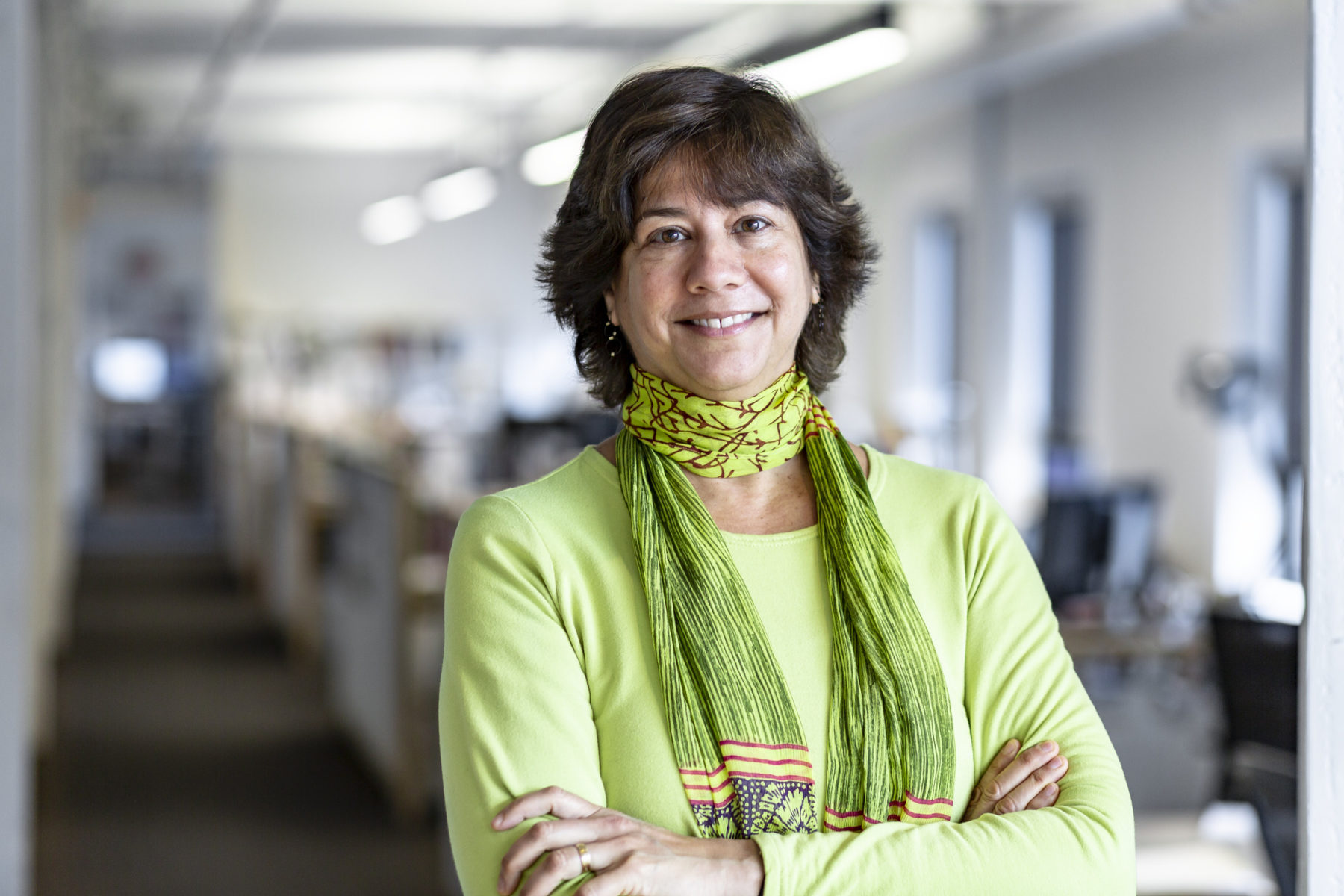Warburg Writes in ULI’s Scorched Report on Extreme Heat
Sasaki's Director of Sustainability, Tamar Warburg, shares project examples and best practices for dealing with extreme heat
 Sasaki
Sasaki

Life as we know it has transformed in recent weeks. Our bustling offices sit empty. We sequester in our homes, linked by a virtual web of light and sound. We are concerned about our health, our economy, and our communities. But we may emerge from this pandemic with some surprising new insights about how to design for health and wellness on this planet.
First, clear skies over Beijing and Milan demonstrate an undeniable lesson on climate change. Carbon emissions in China have been reduced by 25%, and nitrogen dioxide pollutants over Lombardy have all but disappeared. Despite all of our voluntary efforts, it took the coronavirus to cut back on flights, consumption and vehicle travel. Once a cure is found, we can reshape our lives by choice, rather than necessity: plan Zoom meetings rather than flights to another city. Use less. Staycation with family. Design sustainable communities and net-zero buildings with renewable energy to keep reducing carbon emissions long after the virus has passed.
Second, the design of our building systems and interiors can help keep us healthy. Researchers at Harvard School of Public Health and others have long demonstrated that ventilation rates can help us learn and work. Increased outdoor air to ventilate buildings and enhanced filtration of recirculated air help reduce the transmission of airborne viruses such as COVID-19. Maintaining indoor air quality by specifying furniture and finishes without Red List toxic contaminants will help us prevent the respiratory ailments that tax our lungs and can turn the coronavirus into a life-threatening encounter. If we commit to healthy building interior design and systems design, we will all breathe more easily.

Shown above: Xuhui Runway Park, the first SITES Gold project in China.
Lastly, the saving grace in these tough times has been as simple as a walk in a park. We have a new appreciation for the great joy of being outdoors, and the healing power of nature. From a short walk with children and a dog to a park, to a mountain hike or beach trek, we understand that public open spaces are critical relief to the stresses we will face in the months ahead. Now is the time to invest in a network of parks and open spaces with accommodation for running trails, bicycle paths, urban gardens, and hiking and wilderness trails so that we can be alone, together, with our communities, to witness spring renewing the earth.
We all hope this pandemic passes soon, and with no further loss of life and damage to our economy. And when we rebuild, let’s hold on to the insights we have learned at great cost. Let’s build a healthier, more sustainable world in harmony with nature and the environment.
Sasaki's Director of Sustainability, Tamar Warburg, shares project examples and best practices for dealing with extreme heat
Sasaki's Director of Sustainability and our 2019 artist-in-residence sit down to discuss topics both broad and intricate
Part one of a four-part exploration from Sasaki principal Michael Grove